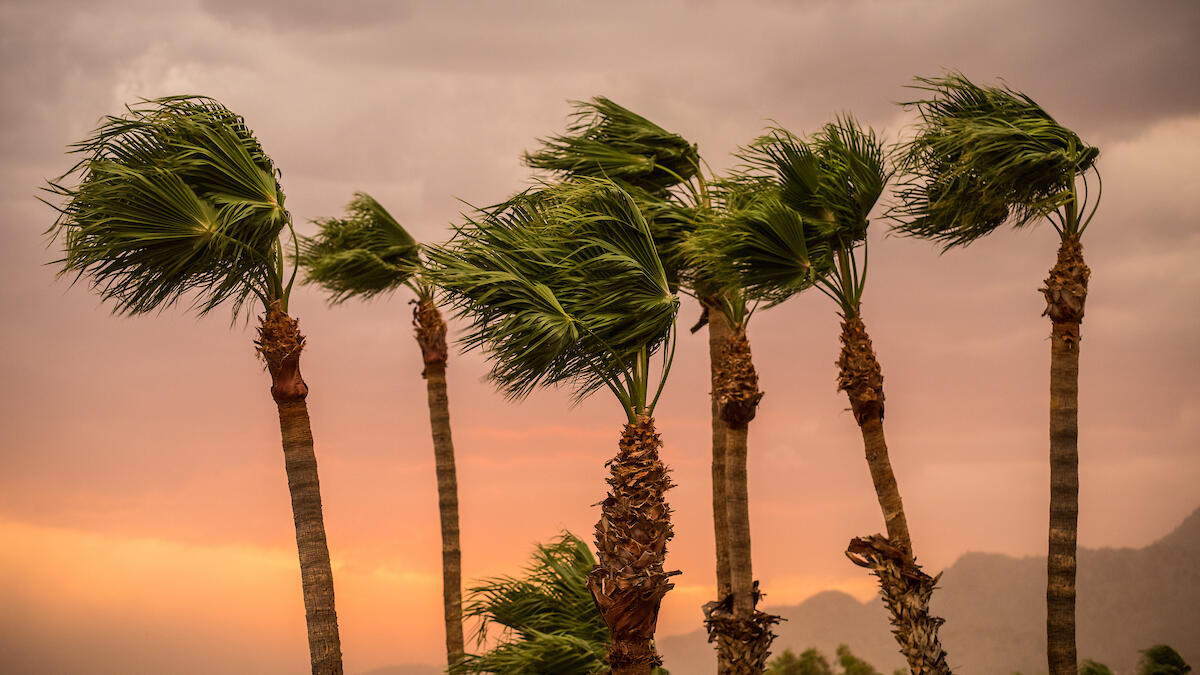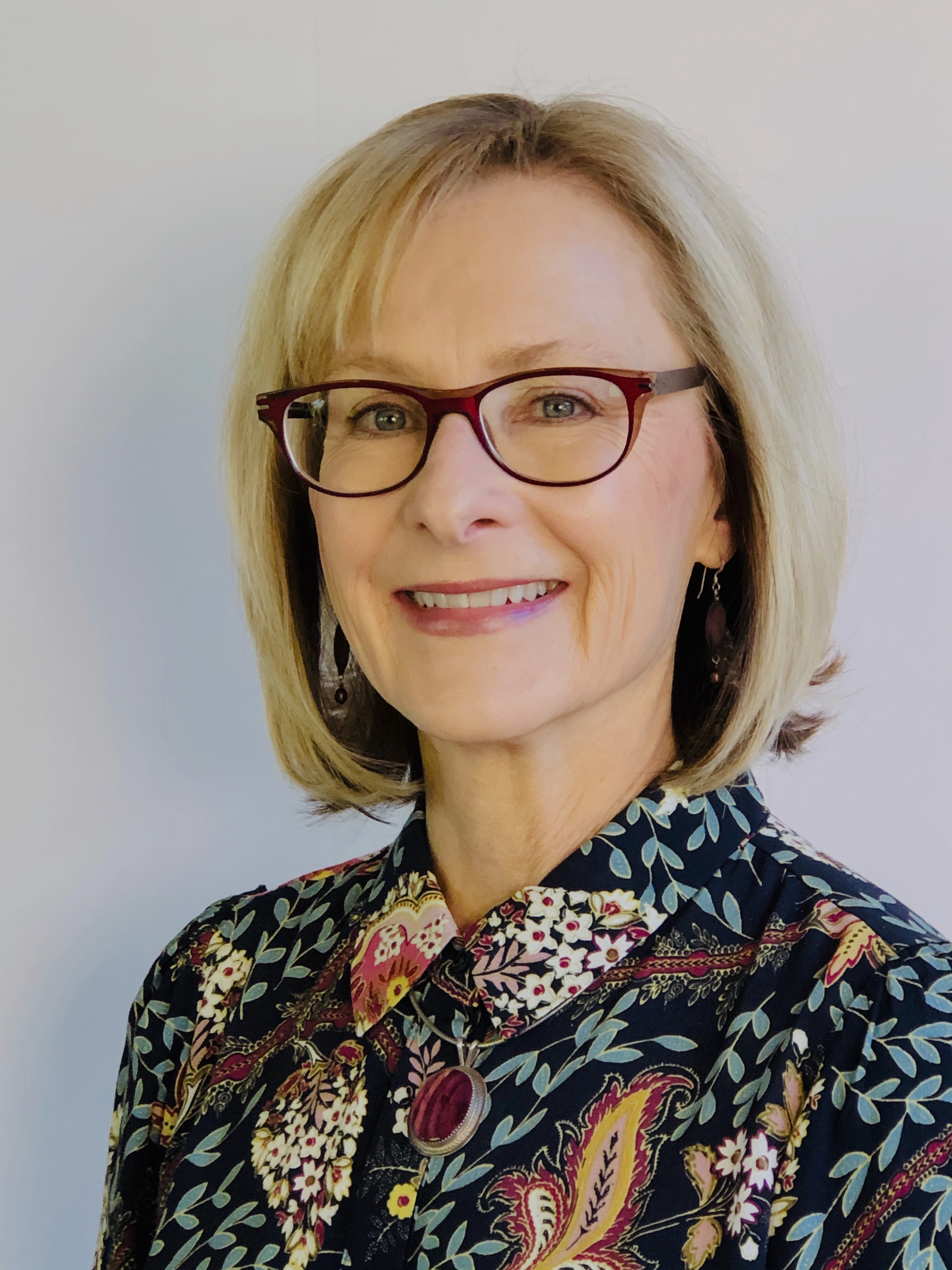President’s Professor leads first international discussion about the best ways to teach environmental humanities

Arizona State University Department of English President’s Professor Joni Adamson, an internationally renowned professor in environmental humanities and director of the Environmental Humanities Initiative at the Julie Ann Wrigley Global Institute of Sustainability, has helped transform the field of environmental humanities — not only at ASU — but globally.
Adamson and Christopher Jones, an associate professor of history in ASU’s School of Historical, Philosophical and Religious Studies, were part of a team of 23 authors from 10 countries to publish new research in the journal Environmental Humanities. The article, titled “Teaching the Environmental Humanities: International Perspectives and Practices,” delves into how environmental humanities courses and programs are rapidly expanding globally, and how universities should teach the interdisciplinary field.
Adamson and Jones were invited to participate in the research because of ASU’s recognized leadership in environmental humanities pedagogy. In 2009, Adamson helped create ASU’s first undergraduate environmental humanities certificate and influenced the creation of other programs around the world. Adamson and Jones also collaborated on a PLuS Alliance project, partnering with Kings College London and the University of New South Wales, which ultimately led to this new research.
President's Professor Joni Adamson
ASU Now caught up with Joni Adamson, who was recently named one of two 2019 President’s Professors — a recognition given to faculty who have made substantial contributions to undergraduate education.
Question: Why are so many environmental humanities programs appearing around the world, and why are traditional environmental studies programs rethinking their curricula to include EH courses?
Answer: Traditional environmental studies programs have been dominated by the physical sciences and engineering, with contributions from economics and policy studies. There is a growing recognition, however, that solving our greatest social and environmental challenges will require input from humanists and social scientists who study human values, meaning, ethics, cultures, aesthetics and imagination. ASU has long been recognized for bringing humanists, social scientists and natural scientists together in both research and pedagogical collaborations. The Environmental Humanities Initiative, for example, brings faculty working in humanities together with faculty working in the School of Sustainability, the Global Futures Lab and the School for the Future of Innovation in Society, among many other units. EHI faculty are offering a wide range of undergraduate and graduate courses that allow students to explore the full interdisciplinary nature of interlinked social and environmental systems.
Q: What did your authorship team discover about how the environmental humanities are driving curricular change at universities around the world?
A: Since the late 1990s, pedagogical work in EH has gained significantly from literary, historical and philosophical studies but also from work in indigenous studies, geography, political ecology, environmental justice, environmental racism, feminist and queer theory, anthropology, postcolonial studies and development studies. Professor Jones and I were specifically tasked with surveying North American institutions where we found that faculty tend to emphasize topics most relevant to the given region in which their university is located, such as climate change and glacial melt in Canada, oceans on the West Coast, deserts in the Southwest, legacies of postindustrial decline in the Midwest and relations with indigenous/First Nation groups across Canada and the U.S. To the extent that a unifying theme can be identified, we found that it may lie in environmental justice. Activists and scholars who focus on environmental justice have been able to demonstrate that you cannot successfully tackle topics like climate migration, industry siting or inequitable access to clean water without being sensitive to the different experiences of people of different races, genders and classes. By incorporating concepts of justice and intergenerational justice into their courses, humanists are inviting students to raise questions about the social factors involved in proposed technocratic solutions that might ignore questions of power and privilege in human societies. This also invites students to raise questions about the rights of diverse human groups and nonhuman species to survival across generations.
Q: Why is it important to talk about the way universities teach environmental humanities globally, and what do we gain out of the discussions?
A: We gain a developing sense of the regions in the world where undergraduate level majors, minors and certificate programs, and graduate and postgraduate programs in the EH have begun to gain momentum. In addition to the U.S., Canada, the U.K. and Australia, countries with expanding EH curricular development include China, India, Brazil, Russia and South Africa. “Teaching the Environmental Humanities” illuminates how diverse peoples around the world are thinking about social and sustainability challenges and solutions differently and how faculty are responding to those regional differences.
Q: Why is it critical to identify common themes in the environmental humanities?
A: Members of our writing team recognized that as a highly integrative and interdisciplinary field, EH pedagogy requires some kind of common ground. In the classroom, students need at least some partially shared and overlapping sets of terminology, understandings and readings. For most teachers in the EH, interdisciplinarity is not simply about sitting ideas and approaches alongside one another. Courses ask students to take up the work of synthesis, cross-fertilization and interrogation. Faculty are interested in how bringing different disciplines together often informs or changes how we understand single disciplines.
We found several common themes, which we outline, but perhaps the most resonant was that practitioners of the EH agree that there is no singular “human” or human group causing environmental change. Attention to human diversity animates EH understandings of what it means to approach environmental issues in ways that are fundamentally grounded in questions of justice that pertain to social and energy systems, technology, law and policy.
Q: Are EH courses different than traditional humanities courses?
A: EH pedagogy tends to be grounded in specific case studies or sites and involve experimental methodologies or lab settings. Courses often require students to explore their ideas and approaches in real-world contexts that complicate simple metanarratives. For instance, my own course this semester, ENG 367: Environmental Literature and Film: Food, Film and the Future, will focus on climate fiction and film with food themes that inspire students to rethink human relationships to food in specific places. We will ask how humans might design more sustainable food futures in Phoenix, Arizona, and in other urban desert cities around the world.
Professor Jones will co-teach HUL 494 and HUL 598, “Energy and Social Justice,” with Gary Dirks, for the Humanities Lab. In this course, students will explore the connections between social justice and energy production. They will ask, “Why does transitioning to renewable energy sources impact communities differently?” Students will work in teams to generate a polished and compelling narrative that advances the cause of energy justice.
Q: What was the biggest takeaway from this international discussion and what happens next?
A: Around the world, the value of narrative is increasingly being accepted as a vital component in efforts to achieve an equitable and sustainable future and the humanities are central to this work. The UN’s 2030 Agenda for Sustainable Development, a framework to end poverty and mitigate the increasing risks and impacts of global environmental change, is directing researchers and policy makers to employ storytelling to motivate more follow-up action. For this reason, it seems clear that the rapid growth of EH pedagogy around the world will only continue. EH faculty at ASU and beyond will continue to teach students to attend to the powerful communicative and transformative nature of storytelling that shapes worlds and plays an active role in imagining alternatives because it allows for multiplicity and complexity at the same time it increases the memorability of information and data critical to understanding the world in which we live.
Top photo by Charlie Leight/ASU Now
More Environment and sustainability

Saving the environment to save ourselves
Saving the environment.At Arizona State University, that's not just a trendy slogan. From water insecurity to wildfire awareness to cleaning pollutants in urban fishing waterways, ASU is…

'Earth Day Amplified' promotes power of collective action
Everybody loves the concept of sustainability. They want to do their part, and the chance to say they’ve contributed to the well-being our of planet.But what does that actually mean?Arizona State…

Rethinking Water West conference explores sustainable solutions
How do you secure a future with clean, affordable water for fast-growing populations in places that are contending with unending drought, rising heat and a lot of outdated water supply infrastructure…


